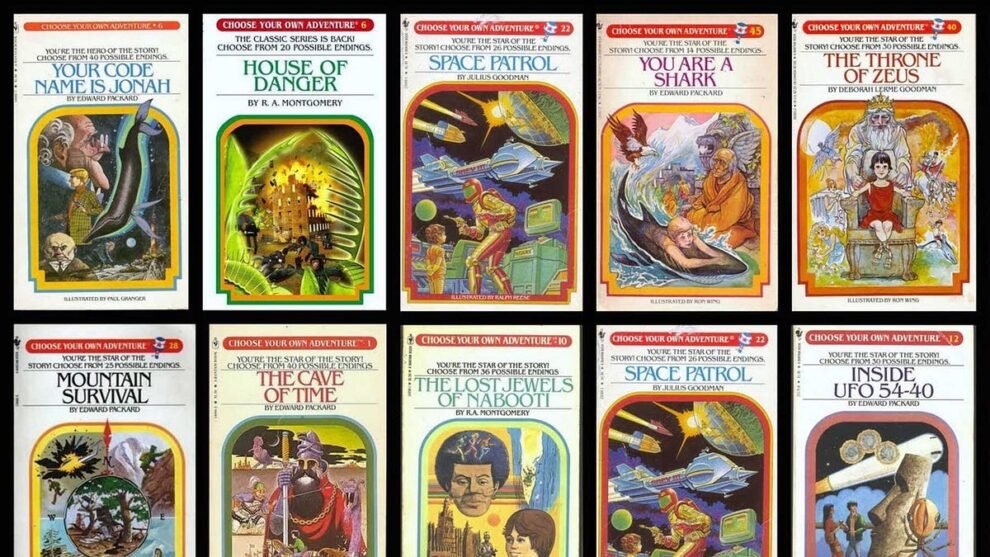Interactive e-books are bringing the classic “choose your own adventure” book format into the 21st century. These digital books offer readers agency in the narrative, letting them make decisions that directly affect the story’s outcome. This resurgence of interactive fiction is finding a new audience in the digital age.
Traditional “choose your own adventure” books, popular in the 1980s and 1990s, presented readers with numbered paragraphs or pages. Each section offered choices, directing readers to different parts of the book based on their selections. Interactive e-books maintain this structure but enhance it with digital features.
These e-books go beyond simply turning pages. They incorporate hyperlinks, allowing readers to jump between sections based on their choices. Some versions include multimedia elements like sound effects, animations, and even embedded videos, further immersing the reader in the story. Developers are also exploring features like character customization and branching storylines that offer multiple distinct endings.
The appeal of these interactive e-books lies in their engagement. Readers become active participants, not just passive consumers of the story. They experience a sense of ownership over the narrative, as their choices have real consequences within the fictional world. This active involvement can be particularly appealing to younger readers, helping to foster a love of reading.
Publishers are recognizing the potential of this format. Many classic “choose your own adventure” titles are being re-released as interactive e-books. New authors are also creating original works specifically designed for the digital platform. Independent developers are creating apps and platforms dedicated to interactive fiction, providing tools for writers to create and distribute their work.
The rise of e-readers and tablets has created a fertile ground for interactive e-books to flourish. These devices offer a convenient and portable way to access and enjoy these books. The interactive nature of the format makes it well-suited to the digital environment.
One example of this trend is the adaptation of classic children’s stories into interactive e-books. These versions often include colorful illustrations, sound effects, and simple animations, making them attractive to young children. The interactive element encourages children to engage with the story, helping them develop reading comprehension skills.
Another area where interactive e-books are gaining traction is in the educational field. They can be used to create engaging learning materials for students of all ages. For example, history lessons can be presented in an interactive format, allowing students to make choices that affect the historical narrative. This can make learning more dynamic and memorable.
The development of interactive e-books is not without its challenges. Creating a compelling interactive story requires careful planning and writing. Authors need to consider the various possible choices and their consequences, ensuring that the narrative remains coherent and engaging regardless of the reader’s path.
Furthermore, the technology used to create interactive e-books is constantly evolving. Developers need to keep up with the latest advancements to create books that are compatible with different devices and platforms. There is also the challenge of balancing interactivity with narrative. Too much emphasis on choices can disrupt the flow of the story, while too little interactivity can make the experience feel less engaging.
Despite these challenges, the future of interactive e-books looks promising. As technology continues to develop and more authors and publishers embrace this format, readers can expect to see a wider range of interactive stories available. The “choose your own adventure” format, once a novelty, is now finding a new life in the digital age, offering readers a unique and engaging reading experience.
The growing popularity of interactive e-books suggests a shift in how readers interact with stories. They are no longer passive recipients of information but active participants in the narrative. This trend could have significant implications for the future of reading and storytelling.



















Add Comment